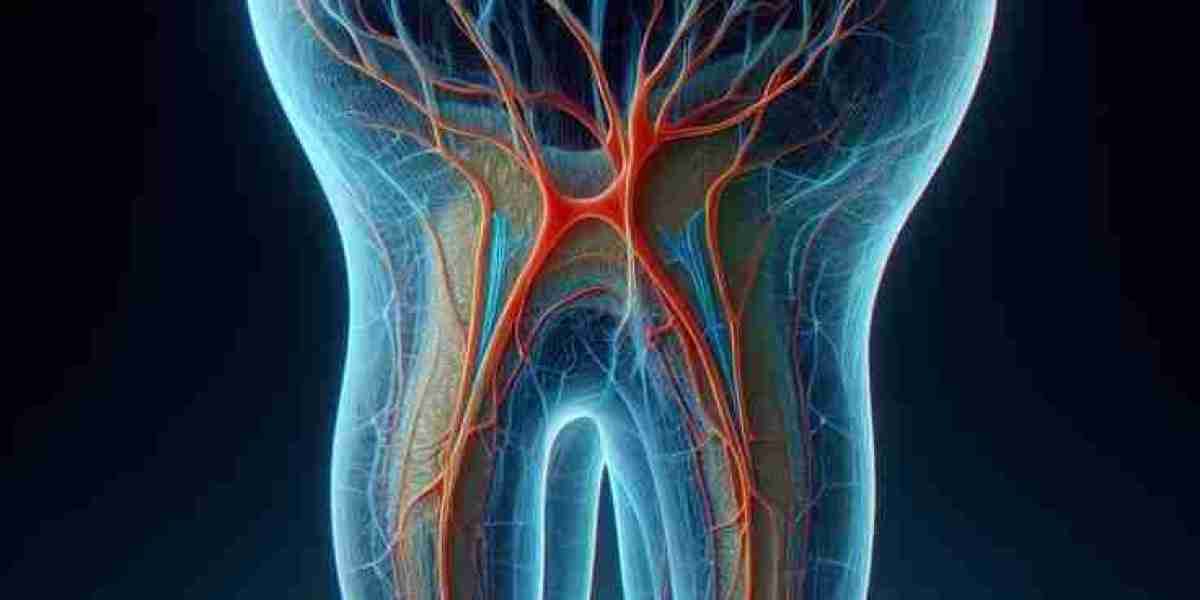A dental panoramic X-ray is a crucial imaging tool used in modern dentistry. It provides a full view of the upper and lower jaw, teeth, and surrounding structures, helping in accurate diagnosis and treatment planning. Unlike traditional dental X-rays that focus on a small section of the mouth, a panoramic X-ray captures a broad, detailed image in a single scan.
For those seeking a dental panoramic X-ray in Riyadh, understanding the process, benefits, and preparation steps can help ensure a smooth experience. This guide covers essential exam tips, what to expect, and why this imaging technique is vital for dental health.
What Is a Dental Panoramic X-Ray?
Understanding Panoramic X-Rays
A dental panoramic X-ray, also called an orthopantomogram (OPG), is a two-dimensional imaging technique that provides a complete view of the oral cavity. It is commonly used in general dentistry, orthodontics, oral surgery, and implant planning.
How It Works
- The X-ray machine rotates around the head, capturing an image of the entire mouth in one scan.
- The process is quick, painless, and requires minimal preparation.
- Unlike bitewing or periapical X-rays, a panoramic X-ray does not require placing a sensor inside the mouth.
Why Is It Important?
- Identifies hidden dental issues, such as cavities, infections, and bone loss.
- Helps detect impacted teeth, cysts, tumors, and jaw abnormalities.
- Assists in planning treatments like braces, implants, or extractions.
Who Needs a Dental Panoramic X-Ray?
Patients Who May Benefit
A dental panoramic X-ray in Riyadh is often recommended for:
- Individuals undergoing orthodontic evaluations.
- Patients experiencing unexplained jaw pain or discomfort.
- Those preparing for dental implant placement or wisdom tooth extraction.
- People with a history of gum disease, bone loss, or oral infections.
Routine Check-Ups vs. Specialized Treatments
- Dentists may use panoramic X-rays for general check-ups, especially for new patients.
- In some cases, they are required for specific dental procedures, such as root canal treatments or full-mouth restorations.
How to Prepare for a Dental Panoramic X-Ray
Before the Exam
- Wear comfortable clothing without metal accessories (such as necklaces or earrings) to avoid image interference.
- Inform the technician if you are pregnant or have any medical conditions that may affect the X-ray process.
- Remove any removable dental appliances, such as retainers or dentures.
During the Exam
- The technician will position your head correctly to ensure accurate imaging.
- You will be asked to bite on a small plastic piece to stabilize your jaw.
- The machine will rotate around your head while capturing the image.
After the Exam
- The images will be reviewed to ensure clarity and accuracy.
- The dentist will discuss the results and recommend any necessary treatments.
Benefits of a Dental Panoramic X-Ray
Comprehensive Oral Assessment
- Provides a full view of the dental and skeletal structures in one image.
- Helps detect underlying dental conditions before they become serious.
Minimal Radiation Exposure
- Uses a lower dose of radiation compared to traditional X-rays.
- Considered safe for both adults and children with necessary precautions.
Quick and Non-Invasive
- Takes only a few seconds to complete.
- No discomfort, as there is no need for intraoral film placement.
Common Concerns About Panoramic X-Rays
Is It Safe?
Yes, a dental panoramic X-ray in Riyadh is safe when performed with proper protective measures. The radiation exposure is minimal, and lead aprons may be used for additional protection.
How Often Should You Get One?
- Routine panoramic X-rays may be taken every few years for preventive care.
- More frequent scans may be necessary for ongoing treatments, such as orthodontics or dental implants.
Are There Any Side Effects?
- The procedure itself has no side effects.
- Some patients may feel slight discomfort from holding a specific position during the scan.
Alternatives to a Dental Panoramic X-Ray
Intraoral X-Rays
- Provides detailed images of individual teeth.
- Used for diagnosing cavities and root infections.
CBCT Scans (Cone Beam Computed Tomography)
- Offers 3D imaging for precise dental implant planning.
- Used in complex dental and jaw surgeries.
Digital X-Rays
- A modern alternative with enhanced image quality.
- Emits even lower radiation levels.
Final Thoughts
A dental panoramic X-ray in Riyadh is an essential diagnostic tool that helps detect, prevent, and manage various dental issues. Whether for routine check-ups or specialized treatments, this imaging technique provides a comprehensive view of your oral health. By following the right preparation steps and understanding the benefits, you can ensure a smooth and effective examination.
FAQs
1. How long does a dental panoramic X-ray take?
The procedure typically takes less than a minute, with the actual scan lasting only a few seconds.
2. Can children undergo a dental panoramic X-ray?
Yes, children can have a panoramic X-ray if necessary for orthodontic evaluation or other dental concerns.
3. Will I feel any pain during the procedure?
No, the process is entirely painless and non-invasive.
4. How often should I get a dental panoramic X-ray?
It depends on your dental needs, but most patients undergo a scan every 3-5 years for preventive care.






